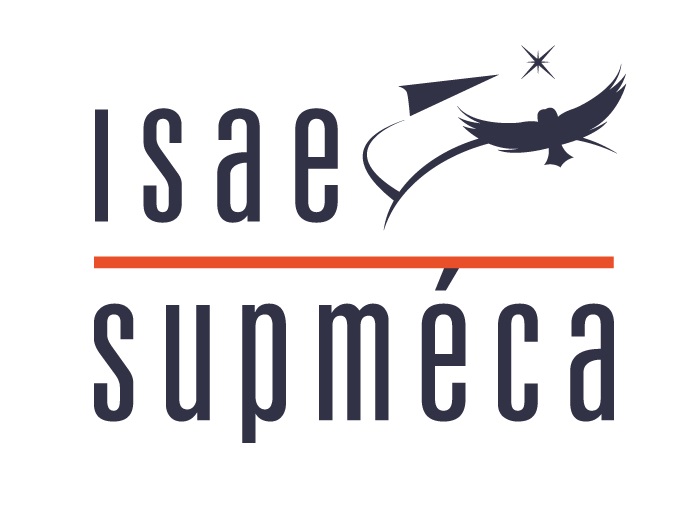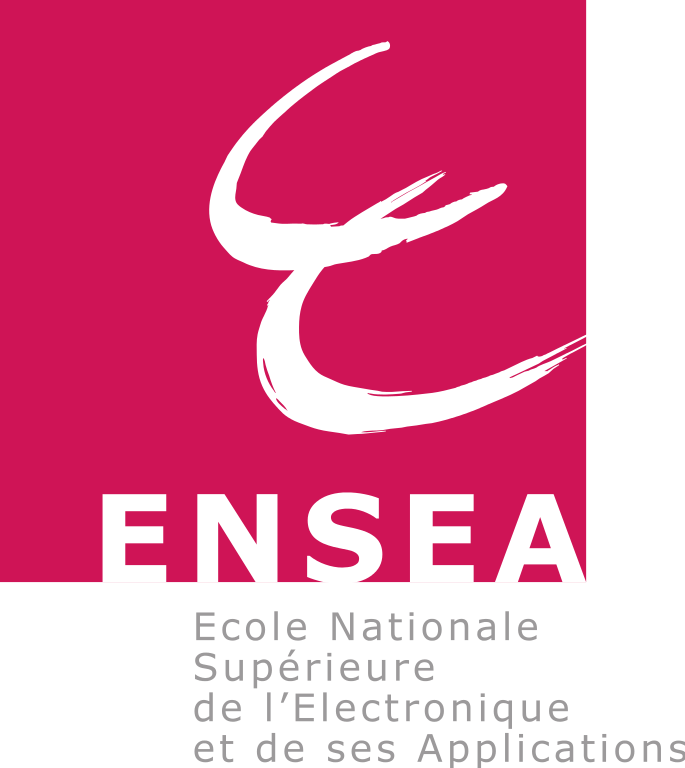MODELLING THE DUCTILE FRACTURE OF METAL STRUCTURES UNDER SEVERE STRESSES
Our research works are aimed at numerically reproducing the response up to fracture of large metal structures subject to accidental overloads (collision, impact, etc.). The objective is to improve the numerical prediction of the resistance of such structures to these types of stress. In particular, we focus on the durability (severity of defaults, capacity of stopping cracks, etc.) of naval and aeronautical structures subjected to intense and rapid loads, involving considerable deformations and deformation velocities.
Ductile fracture generally results from (i) more or less diffuse damage induced by the initiation and growth of micro-cavities, (ii) the localisation of damage/deformation in a narrow band, and (iii) the formation and propagation of macro-cracks.
In the case of ductile rupture of large metal structures, there are typically two scales :
- The macroscopic scale : corresponding to the scale of the structure (in the order of a metre) ;
- The microscopic scale : corresponding to the scale of the damage/fracture mechanisms (in the order of µm).
The difficulty is to combine these two scales in the same finite element model. Indeed, at the scale of the structure, we want to use large elements, but to describe the damage/rupture mechanisms it is necessary to use elements whose size are compatible with the magnitude of these mechanisms

From the industrial viewpoint, where fast calculations are demanded, it is necessary to use large finite elements. Our objective is to reproduce in a unified three-dimensional methodology, the successive steps leading to the ultimate fracture of the structure by integrating the damage/fracture mechanisms of the material in finite element formulation (large dimensions) while ensuring the objectiveness of the numerical results in relation to the meshing applied.
The unified model developed in the framework of these works is schematised below for a 3D finite element :
To describe diffuse damage (i), the material is assumed to obey a GTN model of microporous plasticity. The kinematic impacts of crack opening (iii), are described by the eXtended Finite Element Method (XFEM). The intermediate step of localisation (ii), which is the most complex from the physical and numerical viewpoint, is described here using a Cohesive Zone Model (CZM) in the context of the XFEM. The CZM allows describing the progressive degradation of the mechanical properties of the material within a localised band, caused by the coalescence of microcavities and finally leading to the occurrence of a macro-crack.
In particular, in our works we focus, on the one hand, on the criteria of transition between diffuse damage and localisation, and on the other, on determining the orientation of the plane of localisation. The localisation is treated here as a phenomenon resulting from either plastic instability (a), or from the coalescence of microcavities (b).
Then two criteria are developed : (a) the first is based on the analysis of bifurcation, while (b) the second is based on critical porosity and takes into account the competition between Modes I and II as a function of the rate of triaxiality.
The model developed in the framework of this research is used as a User Element Subroutine (UEL) in the commercial FEM code Abaqus. Its performances are assessed by numerical simulations of three-dimensional speciment subjected to different load cases.
Here, we can see below the mechanical response (left) of a notched axisymmetric specimen under traction laoding and its fracture appearance (centre), obtained numerically for two mesh sizes with the model developed in the framework of our research works, with the real fracture on the right. It can be seen that the model is capable of reproducing the real fracture’s appearance in “cup and cone” form. It can also be seen that the mechanical response of the specimen obtained with our model, is independent of the mesh size, contrary, for example, to the use of a GTN model alone.
Below, the mechanical response (left) of a notched flat specimen under traction loading and its fracture appearance (centre), obtained numerically for two mesh sizes with the model developed in the framework of our research works, and the real fracture appearance on the right. Once again, the model is capable of reproducing the real fracture appearance and the mechanical response of the test piece obtained with our model is almost independent of mesh size.
Collaborations:
ISAE-SUPAÉRO, Université de Bretagne-Sud.
References:
- K. Nikolakopoulos, J.P. Crété, P. Longère, Progressive failure of ductile metals : Description via a three-dimensional couples CZM-XFEM based approach, Engineering Fracture Mechanics, Volume 243, pages 1-34, 2021.
- K. Nikolakopoulos, Modélisation numérique des structures hautes résistance soumises à des sollicitations sévères, Doctorat de l’Université de Toulouse, 2020.
- K. Nikolakopoulos, J.P. Crété, P. Longère, Volume averaging based integration method in the context of XFEM-cohesive zone model coupling, Mechanics Research Communications, Volume 104, pages 1-7, 2020.
- J. Wolf, P. Longère, J.P. Crété, J.M. Cadou, Strain localization in ductile materials : Assessment of three X-FEM-based enrichment methods, Mechanics Research Communications, Volume 99, pages 1-7, 2019.
- J. Wolf, P. Longère, J.M. Cadou and J.P. Crété, Numerical modelling of strain localization in engineering ductile materials combining cohesive models and X-FEM, International Journal of Mechanics and Materials in Design, Volume 14, pages 177-193, 2018.
- J.P. Crété, P. Longère and J.M. Cadou, Numerical modelling of crack propagation in ductile materials combining the GTN model and X-FEM, Computer Methods in Applied Mechanics and Engineering, Volume 275, pages 204-233, 2014.
- J.P. Crété, Traitement numérique de la fissuration d’une structure navale, Doctorat de l’Université de Bretagne Sud, 2013.










